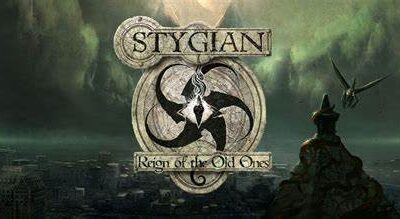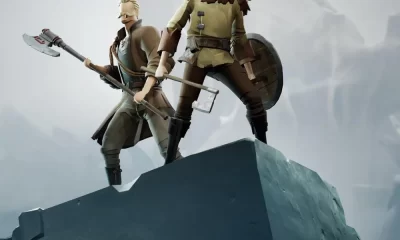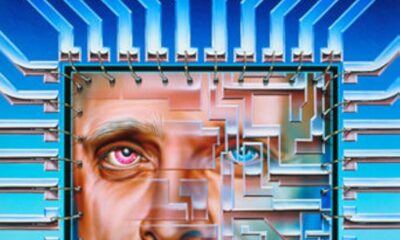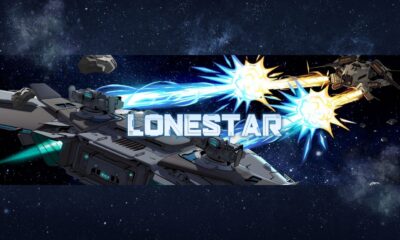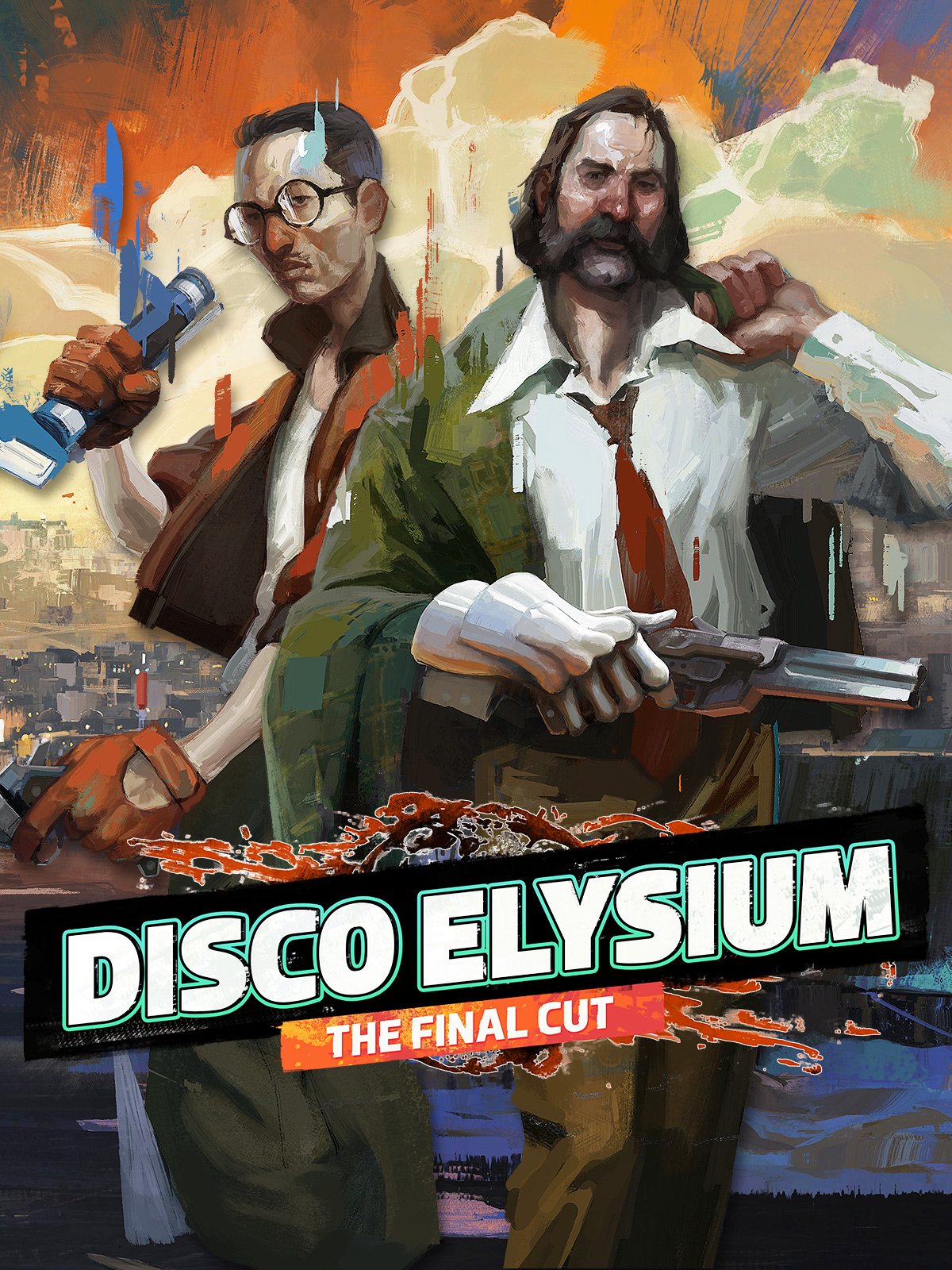
Disco Elysium – A Reflection
More Videos
Published
9 months agoon
Disco Elysium is a role-playing video game released in 2019. It was developed and published by ZA/UM under the lead of Robert Kurvitz. The Final Cut was released in 2020 featuring full voice acting and new content. It is available to play on PC and console.
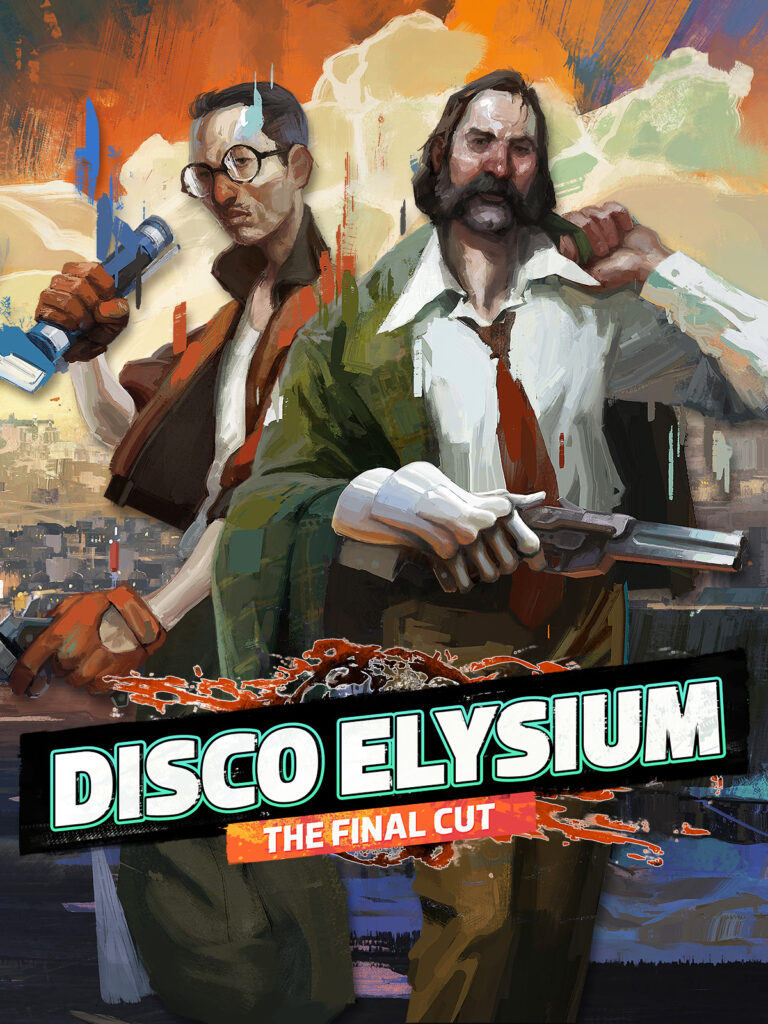
Disco Elysium is a weird game. I have been playing video games, especially RPGs, for most of my life and I can confidently say this game is an outlier. Instead of a focus on combat, the game is written almost entirely around skill checks and dialogue trees. While that alone isn’t enough to make the game a stand-out, it is the fact that a vast majority of the dialogue trees occur as your own internal monologue which sets it apart.
Who Are You?
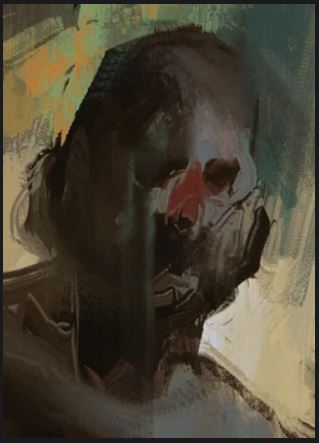
There are 24 different skills split across the four categories of intellect, psyche, physique and motorics. You of course have the more traditional skills such as Logic, Empathy, Endurance and Perception. But there’s also more elusive skills, like Esprit de Corps which determines how connected to your home police precinct you are.
After all, you are a police officer in town to solve a murder. It’d certainly help things if you hadn’t drank so much that you absolutely ruined your memory (among several relationships in town). “What kind of cop are you?” the tagline reads. You get to decide because you cannot remember who you once were.
This isn’t a review about Disco Elysium in the traditional sense. Because Disco Elysium ended up being far more than just a game to me. I found myself relating to the main character (whose name in and of itself is a spoiler) far more than I ever should have. He doesn’t know how to be human – and for the most part neither do I.
What Makes You?
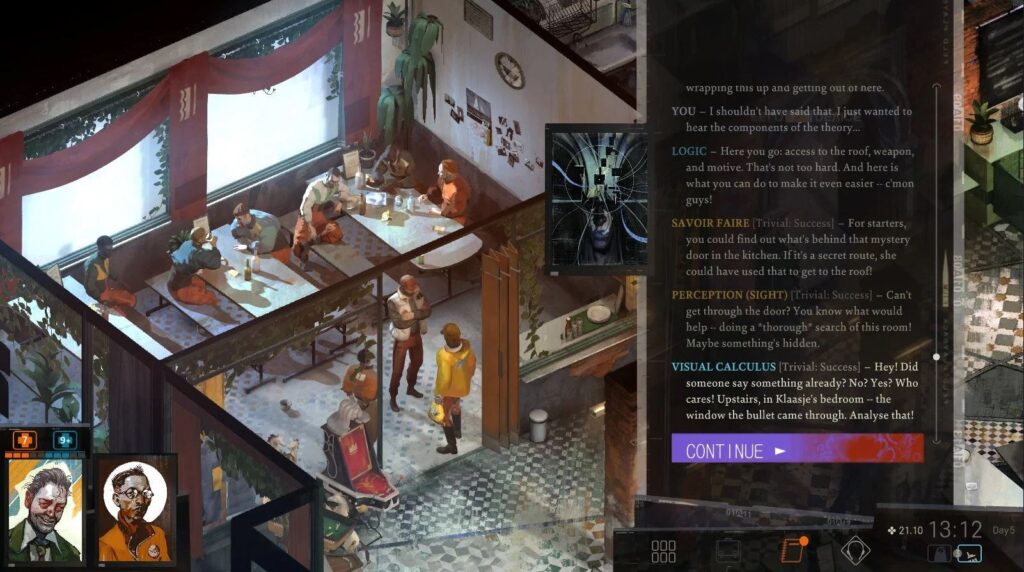
As you play through the surrealist dream that is the setting of Revachol, interactions with the townspeople can be tedious processes. The entire time, you are in constant dialogue with yourself trying to figure out the right thing to say. Logic makes some good points, but Electro-Chemistry says I should forget about all of this and go get wasted because Empathy just chimed in and told me I hurt this woman’s feelings with my failed attempt at Rhetoric.
The first time I played Disco Elysium felt like an awakening. No game has ever so accurately managed to tap into the types of conversations I have with myself daily. No game has ever so accurately managed to tap into the sheer shame and self-degradation I endure when I mess up a social situation.
Luckily, in video games there is this neat trick called save scumming. It is when you save the game before important decision making, and if things don’t go the way you’d like you simply re-load the save and try again. There is seemingly nothing better than doing something over differently and a new part of your brain chiming in to say, “Damn, that felt *good*. Your heart is pounding nicely. You should tell people to fuck off more often.”
What Breaks You?
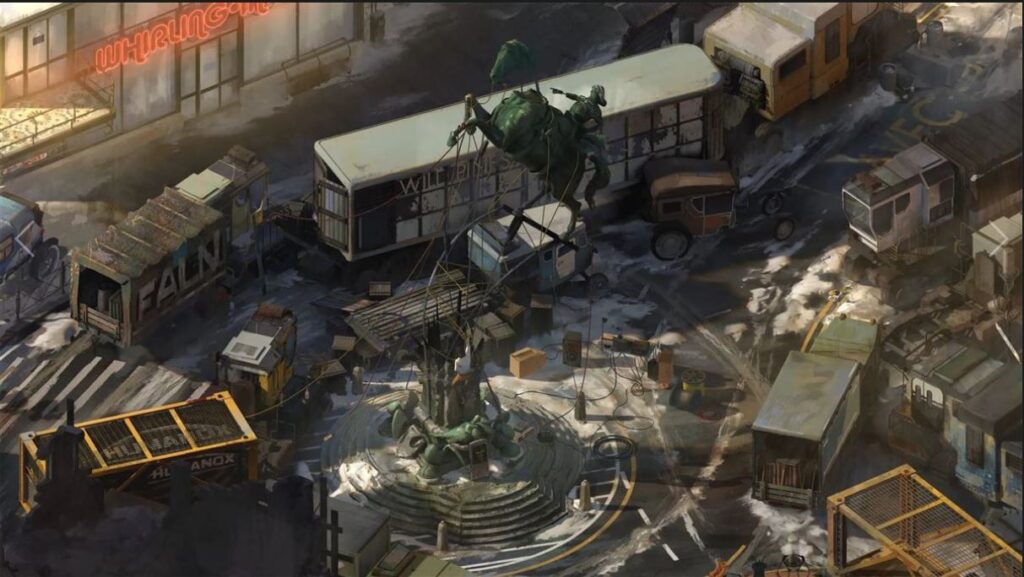
In real life, there is no save scumming. There is no going back in time to give yourself a do-over. I think that is why RPGs speak to me so strongly in general. I can slip into the skin of a new character and failure never has to be an option. The sinking pit of shame only has to last as long as the game takes to reload.
Disco Elysium feels like a game built on shame, guilt and redemption. Probably because it is a game built on shame, guilt and redemption. My entire life has felt like a game built on shame, guilt and redemption. I’ve gone through like the protagonist – bumbling and trying so hard to pick the correct option in the dialogue tree and only realizing moments too late that I chose the wrong one. My only reward, like his, is a stream of insults hurled at me by my own brain.
Of course, I learned nearly two years after my first play-through that I am autistic. It turns out, most people do not constantly have dialogue trees of pre-scripted responses popping up in their head when they speak to others. They can just… have conversation? With my diagnosis came a lot of soul searching and an equivalent amount of therapy.
What Heals You?
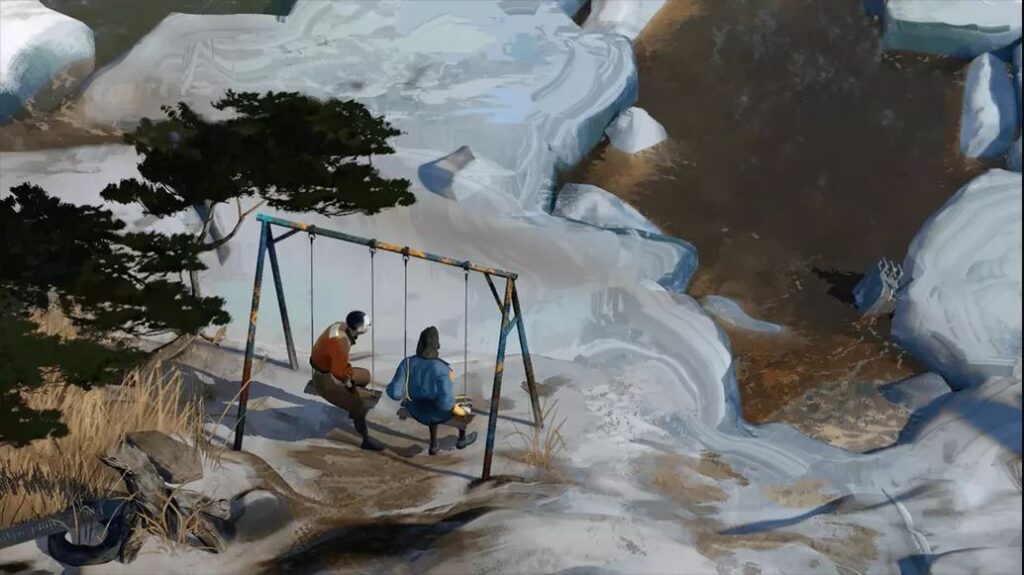
However, it turns out, my diagnosis and the resulting psychology bills shifted the way I play RPGs in a way I didn’t realize until I picked Disco Elysium back up for another playthrough. As I load into the opening scene hotel, I walk away from the first skill check knowing I won’t pass it. The first time I played, I probably re-did that skill check ten times alone before I got the result I wanted.
As I exit the hotel room to encounter the next character, I’m open and honest with them about the fact I cannot remember anything. I previously ran through that conversation five times trying to convince them that I was normal and that everything was fine with me (despite the obvious indications otherwise).
It took me an embarrassingly long time to realize I wasn’t save scumming. Something inside of me had clicked into place. It was a new feeling replacing the insane urge to “get it right.” I stopped focusing on how to play correctly and realized that there is no way to play correctly.
I have my skills and I can use what skills I have to solve the problem, even if it isn’t the conventional or correct way. There is no sense in trying to shove a square solution into a circular problem.
What is Next?
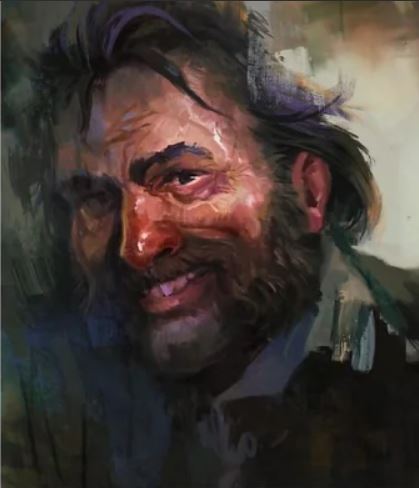
I realized that it’s ok to get things wrong, it’s ok to admit you don’t know what you’re doing, it’s ok to ask your partner for help when you’re terrified they’re just going to laugh at you. More importantly, I learned that in Disco Elysium and life that it’s ok to walk away from things until you have the needed skills to go back. And you don’t need to feel guilty about it.
The first time I played – I immediately reloaded when Drama chimed in to tell me “This may have been a *grave* mistake, sire.” This current playthrough I sat firm in my decision and finally got to hear Volition’s response: “Maybe. Maybe not. Mercy is rarely a *complete* mistake.”
My rating for Disco Elysium:

Kait (she/her) haunts the cornfields of the Midwest after being raised in a small Indiana town built on sickness and death. She consumes all sorts of horror-related content and spits their remains back onto your screen. You can follow her on Twitter at @ KaitHorrorBreak, where she live tweets The Last Drive-In with Joe Bob Briggs and posts other spooky things.

You may like
Gaming
Stygian: Reign of the Old Ones (2019), a Game Review
Stygian: Reign of the Old Ones (2019) is a tactical role-playing video game developed by Cultic Games, evoking Lovecraftian horror.
Published
2 weeks agoon
April 30, 2024
Stygian: Reign of the Old Ones (2019) is a tactical role-playing video game developed by Cultic Games, evoking Lovecraftian and cosmic horror. Published by Fulqrum Publishing, this game is available through Linux, macOS, and Windows. This review will cover the $19.99 Steam release.
The Great Old Ones have awakened, exiling Arkham after the events of Black Day. Design your character and face the abominations of Arkham. Explore the 1920s through a Lovecraftian aesthetic as you unravel the secrets that plague Arkham, facing unknowable cosmic horror and malicious abominations.
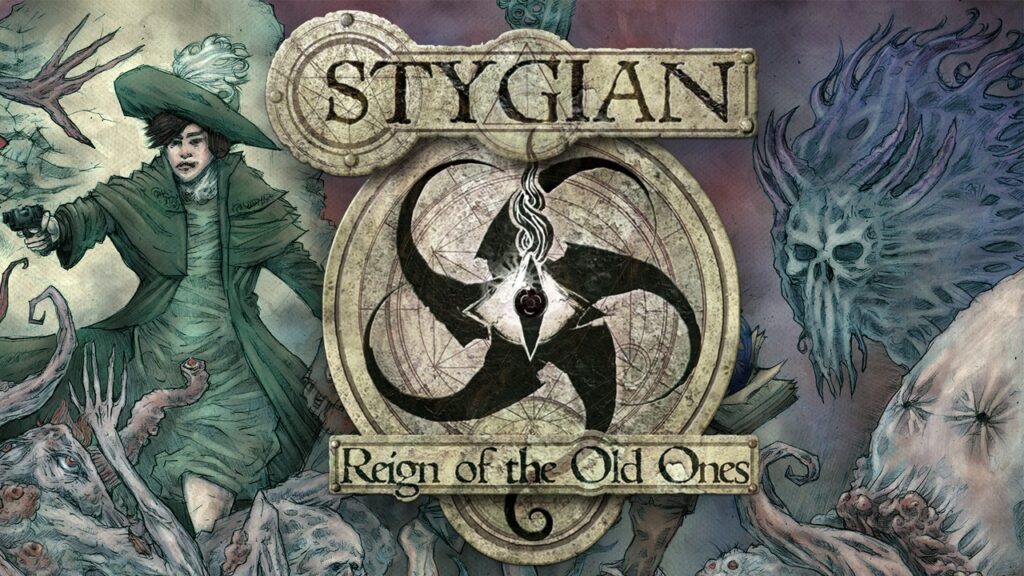
What I Like Stygian: Reign of the Old Ones
The depth of character creation starts the game off on the right foot. While appearance has various options, the game provides greater variety in motives, age, and origins, adding different gameplay elements. For example, age reflects lived experience and physical competency. The younger your character, the less experienced but more physically capable. This dynamic requires trial and error to find the best choice for you.
The paper cutout art provides a unique interpretation of a familiar (but stylish) Lovecraftian aesthetic. While not the most haunting execution of the Lovecraftian, it still manages to unsettle and unnerve while maintaining visual interest. That said, if the style doesn’t suit the player’s taste, Stygian: Reign of the Old Ones might leave that player wanting.
While I find the story engaging and the mysteries worth exploring, there’s a massive caveat to that claim. Regardless, if you fancy the Lovecraftian, few care as deeply and express as much knowledge of the genre as Cultic Games in this installment. This love and knowledge shines through in the often subtle allusions and references to the expanded universe. It may earn its place as the most Lovecraftian game out there.
The characters vary in interest and likability, but there’s usually something about them to add to the overall mystery. Naturally, this remains most evident in the companions that accompany the player on their journey.
In terms of horror, Stygian: Reign of the Old Ones achieves notable success. Despite the subjective points of aesthetics, the game brings out the most unsettling and uncomfortable elements of Lovecraftian and cosmic horror.

Tropes, Triggers, and Considerations
With an understanding of the Lovecraftian comes the question of how to deal with racism. Most properties try to remove this context, but Stygian: Reign of the Old Ones recognizes the text and era (the 1920s) with caricatures such as a lunatic in blackface. I won’t say it fully explores these toxic elements, but it’s not painted in a positive light.
Insanity and mental illness play a large role in the mechanics of the game, such as becoming a key component of casting spells. Loosely related, drug addiction and usage are mechanics with varying degrees of necessity depending on your build.
If these are deal breakers, perhaps give Stygian: Reign of the Old Ones a skip.
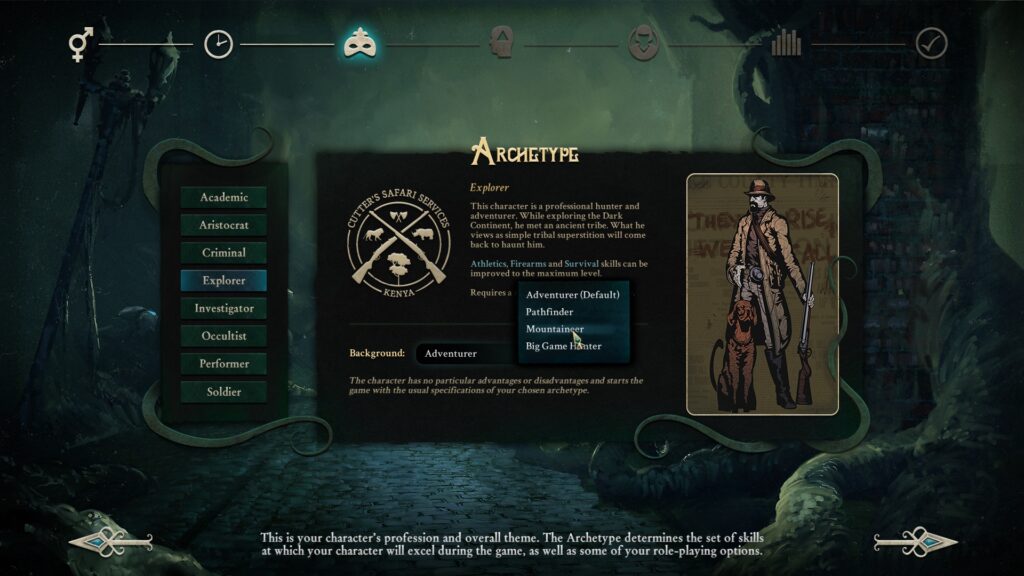
What I Dislike about Stygian: Reign of the Old Ones
In terms of story, this game is unfinished, leaving many plots, quests, and arcs with unsatisfying cliffhangers. My understanding is that Cultic Games planned to finish the game, but money ran out, and the focus shifted to an upcoming prequel. I imagine the goal is to use this new game to support a continuation. But that doesn’t change the unfinished state of Stygian: Reign of the Old Ones. The beginning and middle remain filled with content, but the final act (loosely stated) falls monstrously short.
While this unfinished state mostly affects content, I did run into game-breaking bugs. From my understanding, these bugs completely hinder progress. Most are avoidable, but some are unlucky draws.
It’s these points that make this a challenge to recommend, requiring the potential player’s careful consideration.
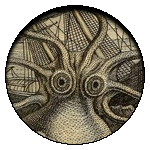
Final Thoughts
Stygian: Reign of the Old Ones accomplishes what many games fail, bringing to life the Lovecraftian. Unfortunately, this game falls short at the end and leaves game-breaking bugs as potential deterrents for full enjoyment. If what you read above entices you, it may be worth the investment. However, it’s unfair to recommend this game within its compromised state.
Gaming
Ashen (2018), a Game Review
Ashen (2018) is a souls-like action RPG developed by A44 and published by Annapurna Interactive available across all platforms.
Published
2 weeks agoon
April 30, 2024
Ashen (2018) is a souls-like action RPG game developed by A44 and published by Annapurna Interactive. This game provides a single-player and multiplayer experience with passive multiplayer mechanics. For this review, I am discussing the 39.99 Steam release, but it’s also available in the Epic Game Store, Xbox, Nintendo Switch, and PlayStation.
In this bitter world, your character seeks to make a home for yourself and others. This goal requires you to fight for every inch of land, building connections and alliances to maintain a thriving village. Venture further to make the world a more hospitable place, but know the further you travel, the greater the threats.
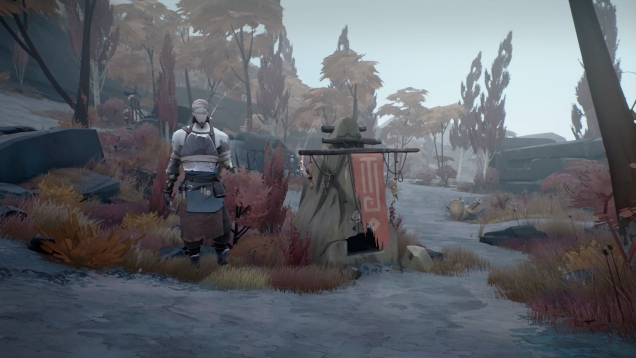
What I Like about Ashen
In 2017, Ashen earned a nomination for the Game Critics Awards’ “Best Independent Game.” It would later earn several more nominations in 2019. At the National Academy of Video Game Trade Reviewers Awards, it received nominations for “Game, Original Role Playing” and “Original Light Mix Score, New IP.” It was nominated for “Most Promising New Intellectual Property” at the SXSW Gaming Awards. Finally, at the Golden Joystick Awards, it earned a nomination for “Xbox Game of the Year.”
The multiplayer experience remains essential for Ashen, focusing on you and a partner venturing together to explore an open-world environment. However, the single-player experience is my focus and the game accounts for this gameplay. Ashen often pairs you with a villager who helps with the challenges.
The art style remains a plus throughout the gameplay. Though muted in colors and lacking finer details, the style creates a unique world that allows players to get lost along their journey. If the aesthetic doesn’t evoke that curiosity, then Ashen becomes hard to recommend.
Vagrant’s Rest and the inhabitants remain a strong incentive to continue on your journey. Seeing the progression of the town and building connections with the people provide the most rewarding experience.
In terms of horror, the art style often evokes an eerie atmosphere. However, I won’t go so far as to say the game is haunting. Instead, it evokes emotions that can unsettle and unnerve the gamer.

Thoughts and Considerations
The souls-like influence remains straightforward. Progression requires the player to defeat enemies and collect currency for weapons or certain item upgrades. Ashen simplifies and focuses its gameplay, reducing variety to polish its choices. The gameplay remains fluid, with a few hiccups that might be a computer issue.
If you prefer magic or defined classes, the gameplay doesn’t enable this variety. Item upgrades and choices define your playstyle, allowing most items to be playable at any stage of gameplay.
Weapons make a greater difference in playstyle. Most of these differences are self-evident (i.e. blunt weapons are slower but stun), but upgrades make any weapon viable. You pick an aesthetic and function, sticking with it until something better catches your eye.
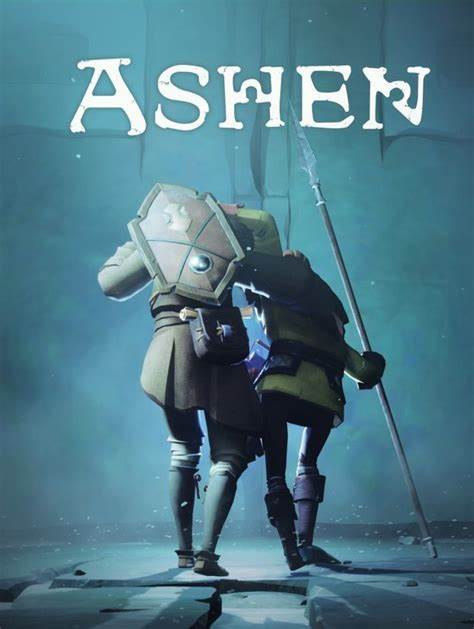
What I Dislike about Ashen
As mentioned, the game had some technical issues. I often assume this to be my computer, but I did note a few others mentioning similar issues. The gameplay remains fluid, so take this comment as a small point of consideration.
With limited roleplay options, liking the characters or art style remains essential for your time and money investment. As mentioned, the game doesn’t hold the variety of FromSoftware, which means their selling point comes from that unique art style and world.
Passive multiplayer is a major part of the marketing for Ashen. While I don’t mind this mechanic, 6 years after release reduces the overall impact. When so few wanderers appear in your game, it’s hard to see the overall appeal.

Final Thoughts
Ashen delivers a highly specialized souls-like experience, preferring to perfect what it can at the cost of variety. If the art appeals and the thirst for a souls-like has you wanting, Ashen stands as a strong contender. However, there are many contenders which make this hard to overtly recommend.
Gaming
I Have No Mouth, and I Must Scream (1995), a Game Review
I Have No Mouth, and I Must Scream (1995) is a point-and-click horror game based on Harlan Ellison’s award-winning short story.
Published
2 weeks agoon
April 29, 2024
I Have No Mouth, and I Must Scream (1995) is a point-and-click horror game based on Harlan Ellison’s award-winning short story of the same name. Developed by Cyberdreams and The Dreamers Guild, this adaptation brings a new perspective to a familiar story. I heard of free purchasing opportunities for this game but cannot verify the quality. For this review, I played the 5.99 Steam release.
Play as one of the remaining humans on earth: Gorrister, Benny, Ellen, Nimdok, and Ted. Each faces a unique challenge from their common torturer, the AI supercomputer known as AM. Chosen by AM to endure torment, these challenges require the participants to face their greatest failures and tragedies.
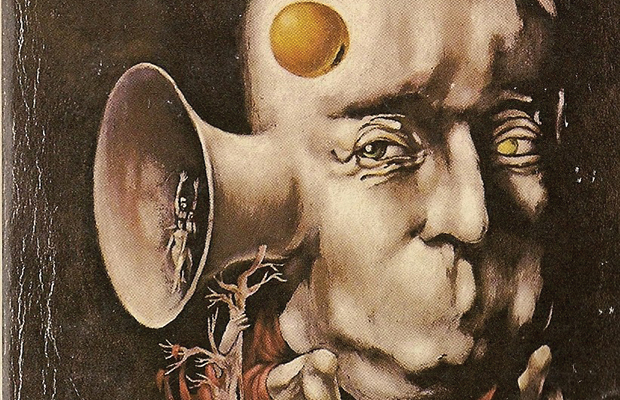
What I like about I Have No Mouth, and I Must Scream
Having experienced this story a few times, Harlan Ellison provides the most substantive execution of his vision and moral questions in this game. While all have individual merits, I assume the added content and context better dive into the relevant points he hoped to explore. He also played the voice of AM, giving us the emotional complexity of the machine as he saw it.
As the above comment indicates, I Have No Mouth, and I Must Scream remains a faithful adaptation with only one notable change. While that one change does reflect in that character’s journey, it uses that opportunity to the fullest. Where the short story left room for potentially inaccurate interpretations of the characters, this added context makes us better understand them.
The game’s writing remains a selling point for this story-driven experience. It dives further into the lore of the human characters and even allows further development of AM in the process. There are many ways to progress, and the multiple characters allow gamers to adventure further if stuck. That said, progressing individual characters to complete their journey remains essential for the true ending and experience.
As a point-and-click game made in 1995, I Have No Mouth, and I Must Scream holds up well. In many ways, it pushed the genre in its time with dynamic storytelling and game features. Harlan Ellison was someone who pushed boundaries to challenge himself and others. He saw the gaming industry as another opportunity to evoke story-driven art, a focus reflected here.

Thoughts, Triggers, and Considerations
I Have No Mouth, and I Must Scream adapts a dark and bleak story from an author notorious for his dark material. This game is no exception to that standard. Mental illness, sexual assault, genocide, and torture envelop the game. These elements are handled with attention but remain triggering to those sensitive to such dark material.
If these are deal breakers, I Have No Mouth, and I Must Scream will likely earn a skip.
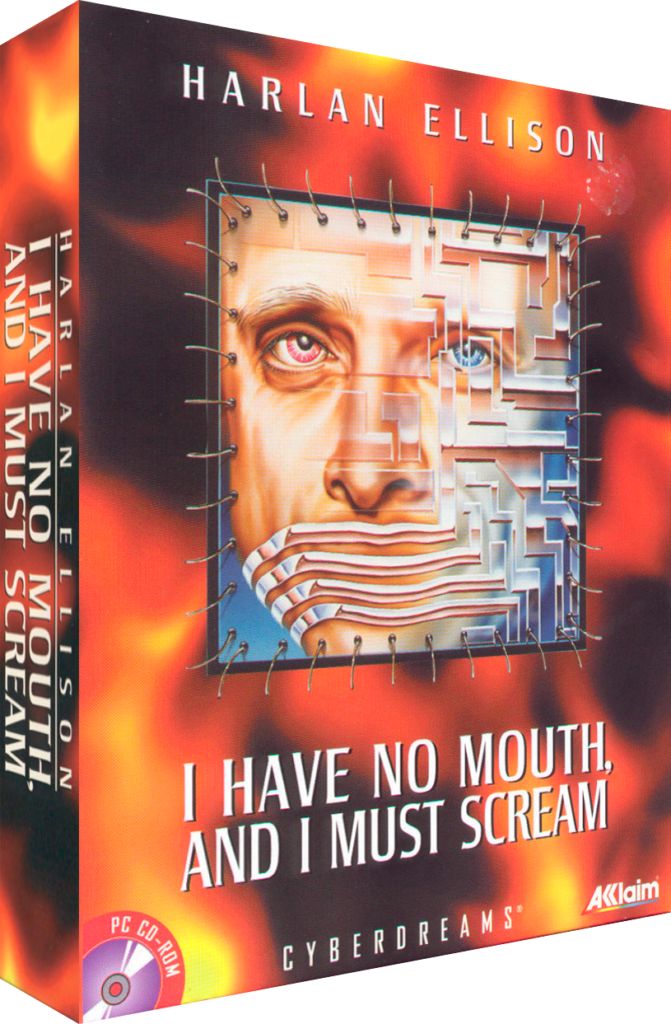
What I Dislike, or Considerations, for I Have No Mouth, and I Must Scream
While the short story remains a haunting example of fiction in every sentence, I Have No Mouth, and I Must Scream doesn’t evoke the same tension. It allows room to breathe or refocus on another character, which reduces the horror such a story evokes. While the characters participate in their torment, the loss of agency and hopelessness doesn’t translate in the execution.
Some mechanical and gameplay issues are noteworthy. For example, the saving mechanic remains dated, piling up if you save often or for specific reasons. Most of the mechanical issues stem from outdated UI from a gamer of a more modern era. Play it long enough, and elements start to click, but it needs that user investment.
Point-and-click caters to a niche audience, so modern gaming audiences aren’t inherently the demographic. The puzzle-solving and gameplay won’t win you over if the genre isn’t to your taste. Even within the genre, many of the puzzles remain challenging. For fans of the genre, this likely earns a positive merit. For those looking to continue the short story, this challenge will prove an obstacle.

Final Thoughts
I Have No Mouth, and I Must Scream provides a new opportunity for the award-winning story to reach new audiences and continue to grow. Not satisfied with repeating his story in a new medium, Harlan Ellison expands this bleak world through the point-and-click game. While not as haunting as the short story, this game provides the most context and development of any adaptation before it.


